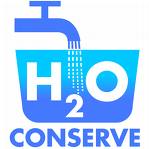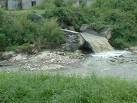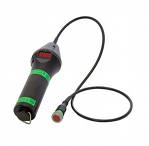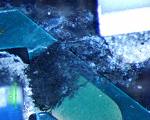Metal Corrosion and Protection
Most metals (with the exception of noble metals such as Au, Pt exist in nature in such combined forms as their oxides, carbonates, hydroxy carbonates, sulfides, chlorides and silicates. These are reduced to...















 LIKE TO GET UPDATES
LIKE TO GET UPDATES  TO GET EXPERT GUIDE
TO GET EXPERT GUIDE